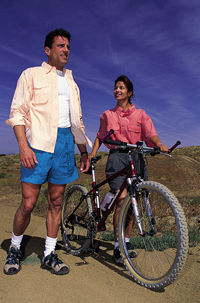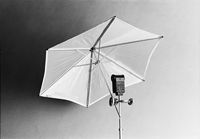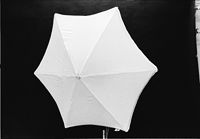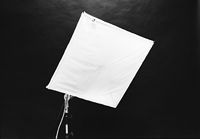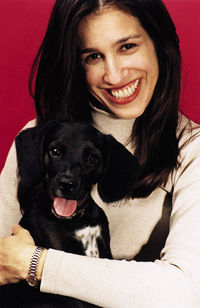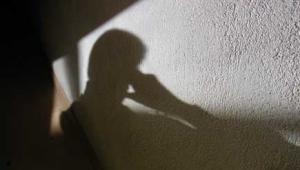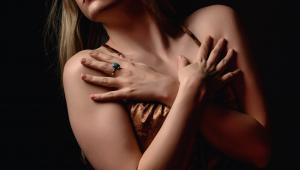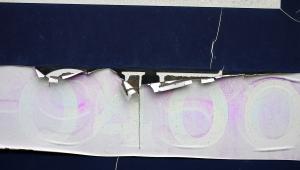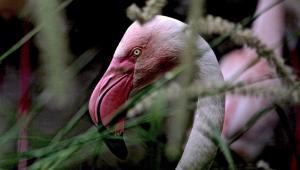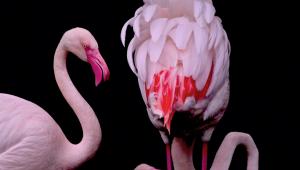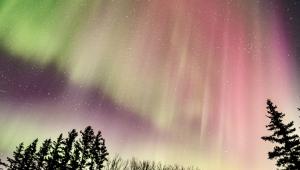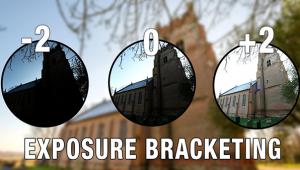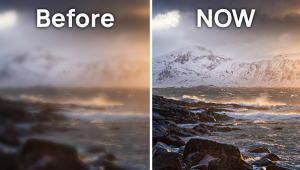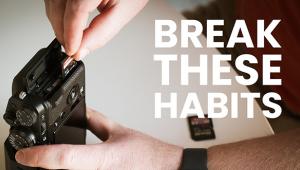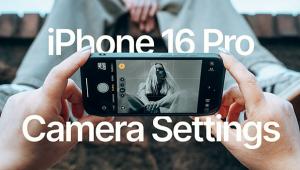The Wonders of Flash Page 5
| Flash Characteristics Electronic flash units produce light with a color temperature of 6000 K or thereabouts, well suited for use with daylight-balanced color films. (These films are actually balanced for 5500 K light, but that's close enough for most uses.) If your flash photos take on a slight blue cast, shooting with an amber No. 81A filter over the camera lens should solve the problem. The short duration of the electronic flash burst (from 1/1000 for most manual units at full power and for auto units used at the far end of their distance range, to 1/30,000 or shorter for variable-power manual units set at low power and auto units used at very close range) makes electronic flash great for freezing moving subjects and for reducing the effects of subject and camera movement in close-up work. However, very short flash durations can cause reciprocity failure—a loss of film speed and, with color films, a color shift. With black-and-white and color-print films, this can be corrected when the negatives are printed, but with color-slide films, it might be wise to shoot a test roll to see what (if any) exposure and filtration corrections are needed. Film manufacturers generally publish reciprocity data for their films, which provide good starting points. When autoflash units are used at close range or manual units are used at low power, there is excess, unused energy. Thyristor circuitry returns this unused energy to the capacitor to be used again, thereby extending battery life and producing very short recycle times. (Automatic flash units used at minimum shooting distances recycle almost instantaneously.) Recycling time is how long it takes a flash unit to get ready to fire again after it has been discharged. How do you know when the flash unit has recycled and is ready to fire again? The ready light on the unit (or in the camera viewfinder) will glow. However, with many small flash units, the ready light comes on before the unit has reached full charge. If you shoot another flash picture as soon as the ready light comes on, your photograph may be underexposed. So it's best to wait a few seconds after the ready light comes on before shooting the next shot. Light from a flash unit is directed forward by the built-in flash reflector. The beam is brightest in the center, weakening the farther to the sides you go. A flash unit's stated angle of coverage is useful information—it will let you know how wide a lens you can use with the flash unit. But bear in mind that objects at the edges of the photo won't be as brightly lit as objects in the center of the photo. Also, be aware that very long and very-large-diameter lenses can block a portion of the beam from a built-in or shoe-mount flash unit. |
- Log in or register to post comments


